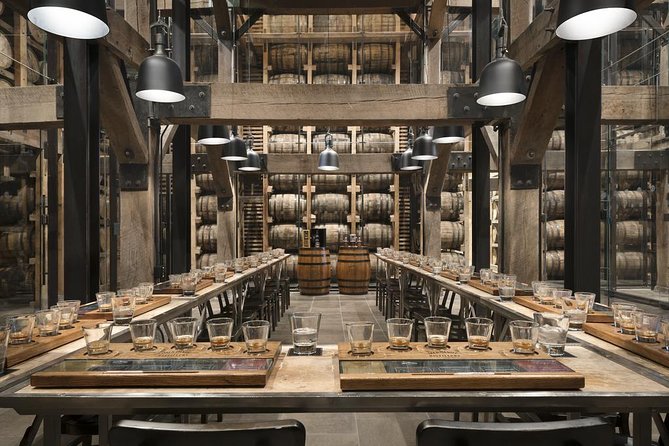Jack Daniel’s is one of the most well-known and beloved brands of whiskey in the world. The distinctive, square-shaped bottle and iconic black and white label are immediately recognizable, and the whiskey inside is renowned for its smoothness and rich flavor. But to truly understand the magic of Jack Daniel’s, you need to delve into the history and workings of the Jack Daniel’s Distillery.
The distillery is located in Lynchburg, Tennessee, a small town in Moore County with a population of just over 6,000 people. Despite its small size, Lynchburg is famous for being the home of Jack Daniel’s whiskey, and the distillery is a major tourist attraction, drawing over 300,000 visitors every year.
The history of the Jack Daniel’s Distillery begins in the mid-19th century, when a young man named Jasper Newton Daniel was born in nearby Bedford County. Jasper, who would later become known as Jack, was one of 10 children, and grew up working on his family’s farm. When he was just a teenager, he ran away from home and was taken in by a local distiller named Dan Call, who taught him the art of making whiskey.
In the late 1860s, Jack struck out on his own and started his own distillery, which he called “Jack Daniel’s Distillery, Lem Motlow Prop, Inc.” The distillery was named after Jack, and “Lem Motlow” was the name of his nephew, who would later take over the distillery after Jack’s death.
Jack was an innovative and skilled distiller, and he quickly gained a reputation for making some of the best whiskey in Tennessee. He was also a bit of a character, known for his sharp wit and love of practical jokes. But despite his fun-loving personality, Jack took his whiskey-making very seriously, and he was constantly experimenting with new techniques and ingredients to improve the quality of his product.
One of the key innovations that Jack introduced was the use of charcoal filtering to create his whiskey’s distinctive flavor. This process, known as the “Lincoln County Process,” involves filtering the whiskey through charcoal made from maple wood before it is aged in barrels. The charcoal removes impurities from the whiskey and imparts a unique flavor that sets Jack Daniel’s apart from other whiskeys.
Another important factor in the success of Jack Daniel’s was the quality of the water used in the distilling process. The distillery is located near a natural spring called the Cave Spring Hollow, which provides the pure, iron-free water that is essential for making good whiskey.
Despite its early success, the distillery faced some challenges in the late 19th and early 20th centuries. In 1904, the state of Tennessee passed a statewide prohibition law, which made it illegal to manufacture or sell alcohol. Jack Daniel’s Distillery was forced to shut down, and it wasn’t until 1933, when the federal government repealed Prohibition, that the distillery was able to reopen.
Today, the Jack Daniel’s Distillery is a thriving business, producing over 11 million cases of whiskey every year. The distillery is owned by the Brown-Forman Corporation, a publicly-traded company based in Louisville, Kentucky, that also owns other well-known brands like Finlandia vodka and Woodford Reserve bourbon.
Visitors to the distillery can take a guided tour of the facilities, which includes a look at the spring that provides the water for the whiskey, the charcoal mellowing vats, the distilling and fermenting areas, and the aging warehouse. The tour also includes a visit to the famous cave spring, where visitors can sample the crystal-clear water that is used to make Jack Daniel’s whiskey.

